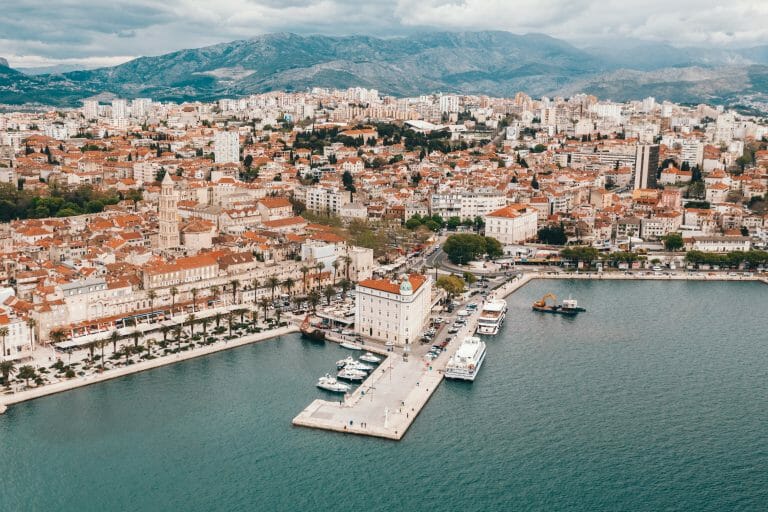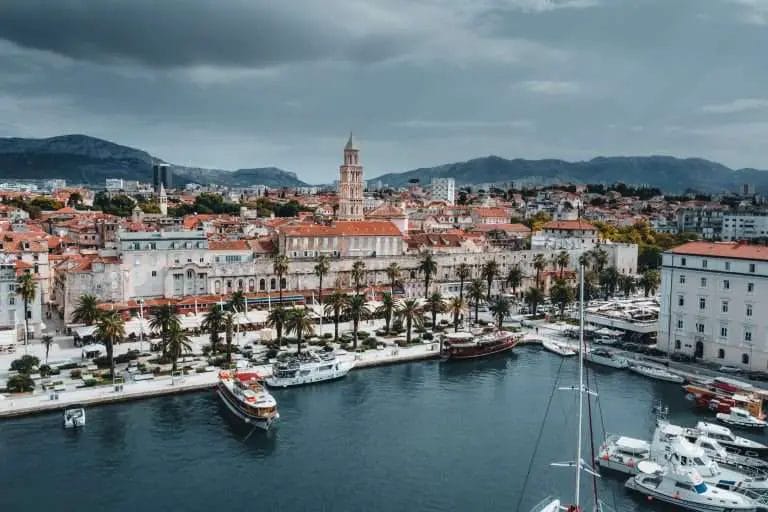Is Pine Marten National Animal of Croatia ? Croatian National Symbol
When we think of national symbols, countries often have animals that represent their unique heritage and cultural identity. In the case of Croatia, the Croatian Marten plays a significant role as the national animal and a symbol of the diverse natural beauty that characterizes the country.
In this article, we will explore the historical background, characteristics, cultural significance, conservation efforts, and relation of the Croatian Marten to the European Pine Marten, shedding light on the importance of this elusive creature in the context of Croatia’s rich heritage and natural environment.
What Makes the Pine Marten the National Animal of Croatia?
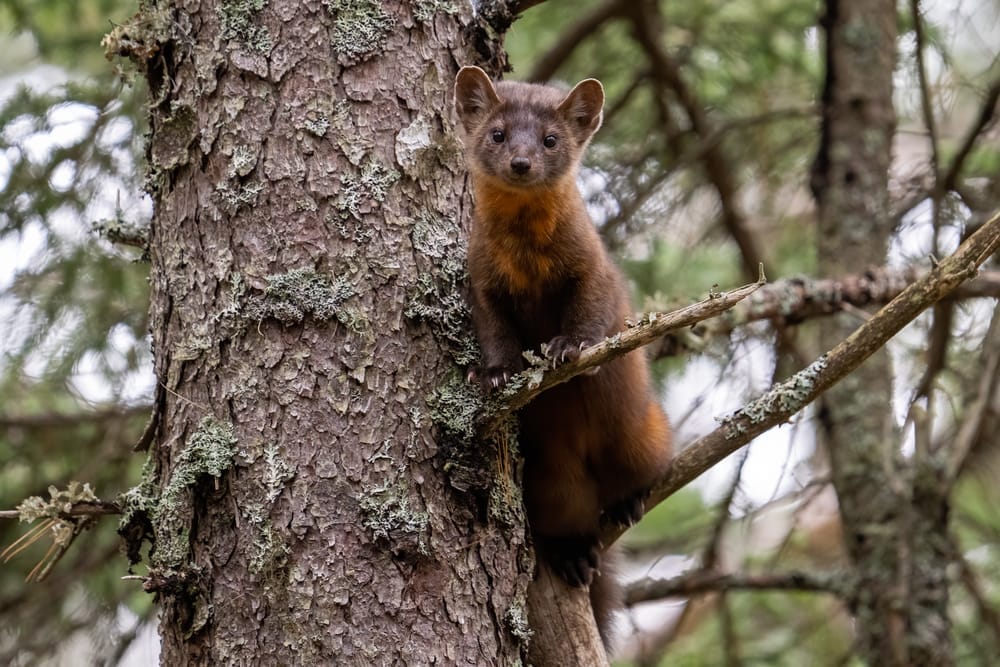
The designation of the Pine Marten as Croatia’s national animal is not arbitrary; it reflects the deep connection between the Croatian people and their natural environment. With its sleek fur and agile movements, the Pine Marten, also known as a symbol in parts of Croatia, embodies the old Croatian charm and natural elegance. Martes martes, often associated with the Croatian national emblem in various parts of Croatia., epitomizes the resilience and adaptability required to thrive in Croatia’s diverse landscapes, from dense forests to rocky coastlines.
The Pine Marten’s historical significance in Croatian folklore and its presence in traditional stories and legends further cement its status as an old Croatian symbol of the country’s rich cultural tapestry. Its portrayal in art, literature, and even Croatian currency underscores its importance in the collective consciousness of the Croatian people.
What are the characteristics of the Croatian Marten?
Description of the marten’s physical attributes
The Croatian Marten, a member of the Mustelidae family, is known for its luxurious fur, dark brown in color and with a long, sleek coat. It is a carnivorous mammal, strictly displaying predatory behaviors with sharp claws suited for hunting in its natural habitat.
Habitat and natural environment of the Croatian Marten
The Croatian Marten is primarily found in the eastern forest areas of Croatia, particularly in Slavonia and parts of the coastal regions. Its arboreal nature often leads it to seek shelter in the forest canopy, showcasing its adaptability to the diverse landscapes of the country and embodying the Croatian national spirit of resilience.
Conservation efforts and threats to the Croatian Marten’s population
The Croatian Marten, a symbol recognized in parts of Croatia, faces threats due to habitat loss and human activities. To protect this species, various conservation initiatives have been established, aiming to preserve its natural habitat and ensure a sustainable future for the Croatian Marten population.
The Role of the Pine Marten in Croatian Culture
Beyond its status as a national symbol, the Pine Marten holds a special place in Croatian culture. For centuries, its luxurious fur has been prized, adorning the attire of Croatian nobility and serving as a symbol of old Croatian prestige and status.
However, as attitudes towards fur have evolved, the focus has shifted towards preserving the Pine Marten as a living symbol rather than a commodity.
In Croatian folklore, the Pine Marten often appears as a cunning and elusive creature, outwitting its adversaries with wit and agility. Its presence in stories reflects not only its physical attributes but also the resilience and resourcefulness valued by Croatian society.
What is the European Pine Marten and its relation to the Croatian Marten?
Distinguishing characteristics and distribution of the European Pine Marten
The European Pine Marten, a close relative of the Croatian Marten, shares similar physical attributes and habitat preferences. It is distributed across various parts of Europe, including the Alps and other forested regions.
Comparison between the Croatian Marten and the European Pine Marten
While both species share resemblances, the Croatian Marten occupies specific areas within Croatia, representing the unique biodiversity of the country. Its significance as the national animal distinguishes it from the broader distribution of the European Pine Marten.
Importance of the European Pine Marten within the broader European context
The European Pine Marten holds importance in the broader European context, contributing to the natural ecosystem and biodiversity of the continent. Its presence in various regions adds to the rich tapestry of wildlife that defines Europe’s natural heritage.
Protecting Croatia’s National Symbol: Challenges and Conservation Efforts
Despite its revered status, the Pine Marten faces numerous threats to its survival. Habitat loss, fragmentation, and poaching pose significant challenges to its population, particularly in regions undergoing rapid development. Climate change further exacerbates these pressures, altering the Pine Marten’s natural habitat and disrupting its ecological balance.
In response, conservation efforts have been initiated to safeguard the Pine Marten and its habitat. Strict protection measures, habitat restoration projects, and community engagement initiatives aim to mitigate the impact of human activities on this iconic species.
By raising awareness and fostering a sense of stewardship among local communities, these efforts strive to ensure the Pine Marten’s continued presence in Croatia’s forests for generations to come.
The Pine Marten: A Symbol of Resilience and Adaptability
In conclusion, the Pine Marten stands as more than just a furry inhabitant of Croatia’s forests—it embodies the spirit of resilience and adaptability that defines the Croatian people. As the country’s national animal, it serves as a reminder of the intrinsic connection between culture, nature, and identity. By protecting the Pine Marten and its habitat, Croatia not only preserves its natural heritage but also reaffirms its commitment to sustainable coexistence with the world around it.
Exploring Croatia’s National Symbols Beyond the Pine Marten
While the Pine Marten holds a special place as Croatia’s national animal, it is just one of many symbols that reflect the country’s rich cultural heritage and natural beauty across various parts of Croatia. From iconic landmarks to traditional emblems, Croatia boasts a diverse array of national symbols that resonate with its people and visitors alike. Let’s delve into some of these symbols and uncover the stories they tell about Croatia’s identity, including the Croatian national narrative.
1. The Croatian Coat of Arms: A Symbol of Sovereignty and Tradition
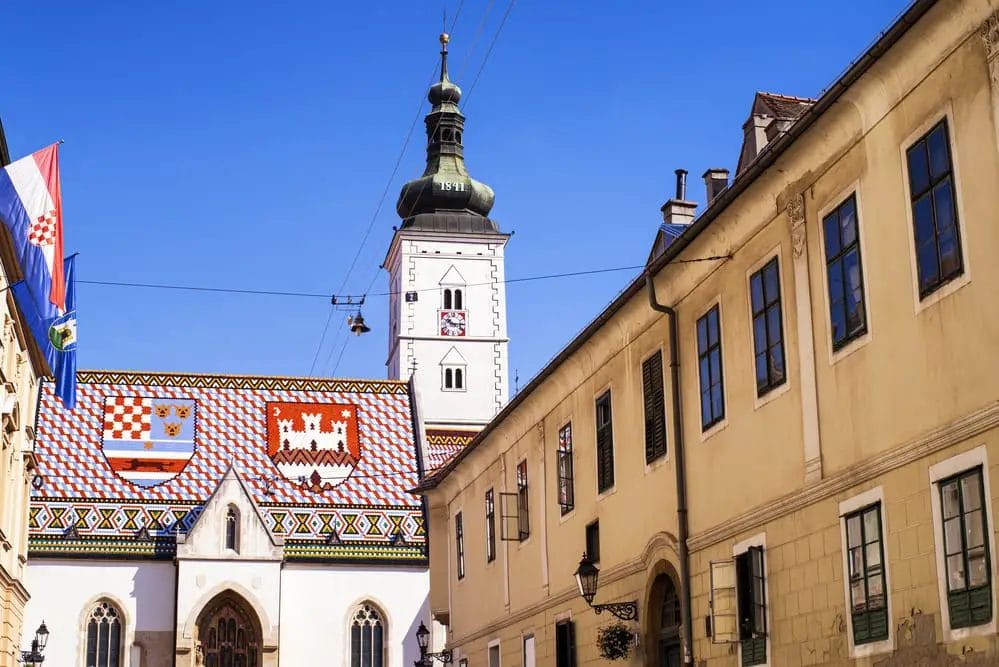
At the heart of Croatia’s national identity lies its coat of arms, a heraldic symbol that embodies the country’s sovereignty and historical legacy. Featuring a red-and-white checkerboard pattern known as the “chequy,” the Croatian coat of arms dates back to the medieval era and has endured as a symbol of Croatian statehood.
The chequy motif, with its alternating red and white squares, represents the unity and diversity of the Croatian people, while the crown atop the shield symbolizes the country’s monarchy and royal heritage. Adopted as the official emblem of Croatia in the 15th century, the coat of arms continues to adorn government buildings, official documents, and national insignia, serving as a visual representation of Croatia’s enduring spirit.
2. The Kuna: Croatia’s National Currency
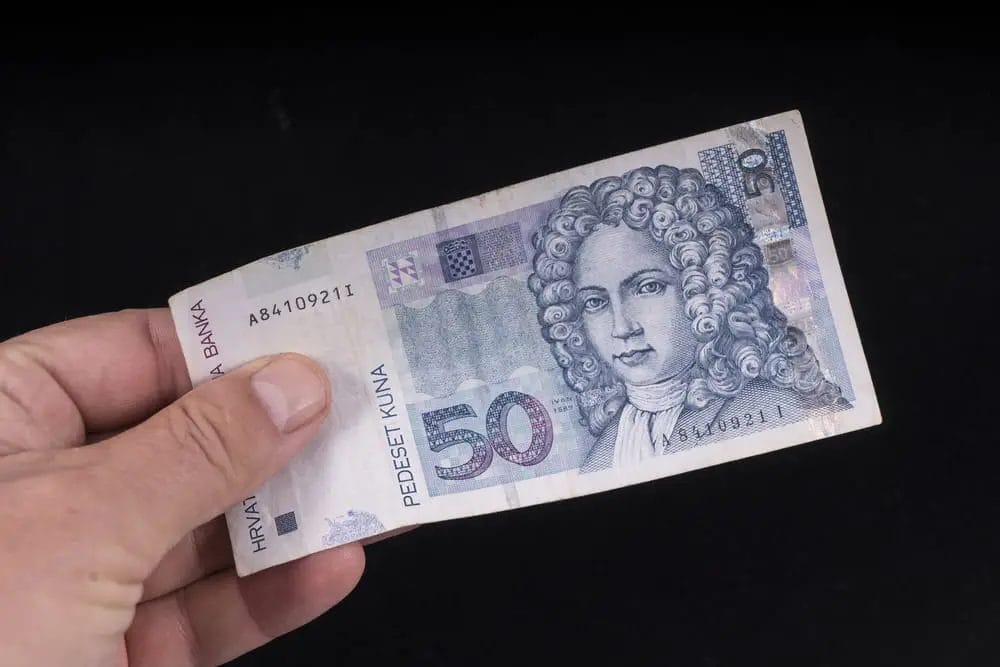
In addition to its natural and historical symbols, Croatia’s national identity is also reflected in its currency—the kuna. Derived from the Latin word for “marten,” the kuna has been the official currency of Croatia since 1994, replacing the Yugoslav dinar following the country’s independence.
The choice of the kuna as Croatia’s currency, aligning with the Croatian national animal, pays homage to the country’s rich cultural heritage and natural bounty. Historically, marten skins were used as a form of payment and currency in medieval Croatia, highlighting the enduring connection between the Pine Marten and Croatian commerce. Today, the kuna serves as a tangible reminder of Croatia’s economic sovereignty and independence.
Budget Tip: You can avoid ATM Fees by using a Wise Travel Card. You can check more about that in our in depth review.
3. The Croatian Flag: A Symbol of Unity and Pride

No exploration of Croatia’s national symbols would be complete without mentioning its flag—a powerful emblem of unity, pride, and Croatian national identity. Consisting of three horizontal bands of red, white, and blue, the Croatian flag embodies the country’s historical ties to the region and its aspirations for the future.
The red-and-white checkered band at the top of the flag, known as the “chequy” or “checkerboard,” pays homage to Croatia’s medieval coat of arms and symbolizes the country’s rich cultural heritage.
The white band in the middle represents peace and harmony, while the blue band at the bottom symbolizes Croatia’s Adriatic coastline and maritime heritage.
4. Natural and Cultural Landmarks: Symbols of Croatia’s Beauty and Diversity

Beyond official emblems and currency, Croatia’s national identity is also shaped by its natural and cultural landmarks. From the stunning Plitvice Lakes National Park to the historic city of Dubrovnik, these iconic sites serve as symbols of Croatia’s natural beauty, cultural heritage, and resilience.
Plitvice Lakes, with its cascading waterfalls and crystal-clear lakes, epitomizes Croatia’s status as a haven of natural beauty and biodiversity, emblematic of the Croatian national treasure. Meanwhile, Dubrovnik’s ancient walls and picturesque streets stand as testaments to the country’s rich history and architectural legacy.
Book Tickets for Plitvice National Park
Final Thoughts: National Animal of Croatia
In conclusion, Croatia’s national symbols—from the Pine Marten to the coat of arms, currency, flag, and iconic landmarks—reflect the country’s diverse heritage, natural beauty, and enduring spirit. Together, they form a tapestry of identity that celebrates Croatia’s past, present, and future.
Frequently Asked Questions about Croatia’s National Animal
1. What is the national animal of Croatia?
The national animal of Croatia is the Pine Marten (Martes martes), a small carnivorous mammal native to the country’s forests and recognized part of the Croatian national heritage.
2. Why was the Pine Marten chosen as Croatia’s national animal?
The Pine Marten was chosen as Croatia’s national animal due to its cultural significance, historical symbolism, and presence in Croatian folklore.
3. What role does the Pine Marten play in Croatian culture?
The Pine Marten holds a special place in Croatian culture, appearing in traditional stories, folklore, and art as a symbol of resilience and adaptability.
4. Is the Pine Marten endangered in Croatia?
While the Pine Marten is not currently listed as endangered in Croatia, it faces threats such as habitat loss, fragmentation, and poaching, necessitating conservation efforts to ensure its continued survival.
5. How does the Pine Marten contribute to Croatia’s biodiversity?
As a key predator in Croatia’s forest ecosystems, the Pine Marten helps regulate prey populations, maintaining the balance of its habitat and supporting overall biodiversity.
6. Are there any conservation efforts in place to protect the Pine Marten?
Yes, several conservation initiatives are underway in Croatia to protect the Pine Marten and its habitat, including habitat restoration projects, strict protection measures, and community engagement efforts.
7. What other national symbols does Croatia have besides the Pine Marten?
In addition to the Pine Marten, Croatia’s national symbols include the coat of arms, flag, currency (kuna), and iconic landmarks such as Plitvice Lakes and Dubrovnik.
8. How does the Pine Marten relate to Croatian history and heritage?
The Pine Marten’s presence in Croatian folklore, its historical significance in fur trade, and its portrayal in traditional art all reflect its deep-rooted connection to Croatian history and heritage.
9. What role does the Pine Marten play in Croatia’s ecosystems?
As a carnivorous predator, the Pine Marten plays a vital role in maintaining the health and balance of Croatia’s forest ecosystems by controlling populations of small mammals and birds, crucial for the Croatian national environment.
10. Can visitors see Pine Martens in Croatia?
While Pine Martens are elusive and primarily nocturnal, visitors to Croatia’s forests and national parks may catch glimpses of these fascinating creatures with luck and patience.

